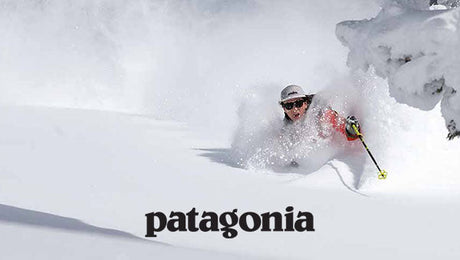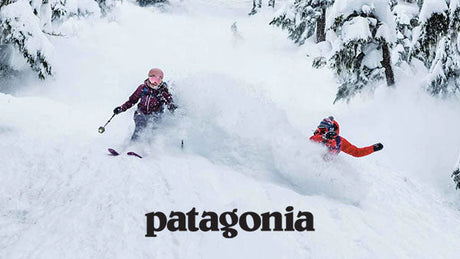Your outerwear is your first point of defence for keeping the weather out. The quality of your outerwear is often a key point in your enjoyment of a bad weather day on the hill. This guide is aimed at providing you with the tips and info you need to make buying the right gear simple.
Waterproof and Breathability Ratings
The Waterproof and Breathability ratings are a good place to start when it comes to picking out a Ski Jacket or Pants. In general, higher ratings will perform better in adverse conditions, although these ratings aren’t the only important factor.
Waterproofing
Waterproof Ratings are measured in mm’s of height using a water column. They range from 2,000mm (2k) up to 40,000mm (40k), with most options sitting at 10k, 15k, or 20k. Gore-Tex is accepted to be rated at 28k waterproofing and is the gold standard for staying dry.
| Rating (mm) | Description | Suitable Conditions |
|---|---|---|
| 0 - 10,000 | Low waterproofing ratings, rain and snow proof in some conditions | Sunny, Cold Snow |
| 10,000 - 15,000 | Medium waterproofing ratings, rain and snow proof for most conditions | Sunny, Cold Snow, Light Rain |
| 15,000 - 20,000 | High waterproofing ratings, rain and snow proof for all but the worst conditions | Sunny, Cold or Wet Snow, Medium Rain |
| 20,000+ | Highest waterproofing ratings, rain and snow proof for all conditions | All conditions |
If you go out when its raining and expect to stay dry, you don’t want to be looking at anything less than 20k Waterproofing. Lower-ratings work well for the occasional shower or snowing, but will wet out quicker than their higher rated cousins.
Breathability
Breathability is a measure of how well a water vapour disperses from inside the outerwear. It is measured in grams per 24hr period, and ranges from 2,000g (2k) up to above 30,000g (30k). Breathability becomes more important the more active you are when wearing it.
| Rating (g) | Description | Suitable Users |
|---|---|---|
| 0 - 10,000 | Low breathability ratings | Resort |
| 10,000 - 15,000 | Medium breathability ratings | Resort |
| 15,000 - 20,000 | High breathability ratings | Backcountry, Resort |
| 20,000+ | Highest breathability ratings | Backcountry, Resort |
If you regularly chuck your skis on your shoulder and hike for a better run, a higher breathability rating is essential. Anything 10k or less you will find that you sweat more often while skiing and the moisture inside your layers will be more uncomfortable.
Breathability is only as good as the layers you wear. If you are stacking cotton t-shirts and hoodies under your jacket, breathability performance will be severely compromised. Layering is key!
Waterproof & Breathability is only the start. Most brands are likely to add higher quality features in a higher quality garment. Hence you will find better seam sealing, DWR finishes and zippers on pieces with higher waterproof ratings. These smaller details play a huge role in comfort & performance.













